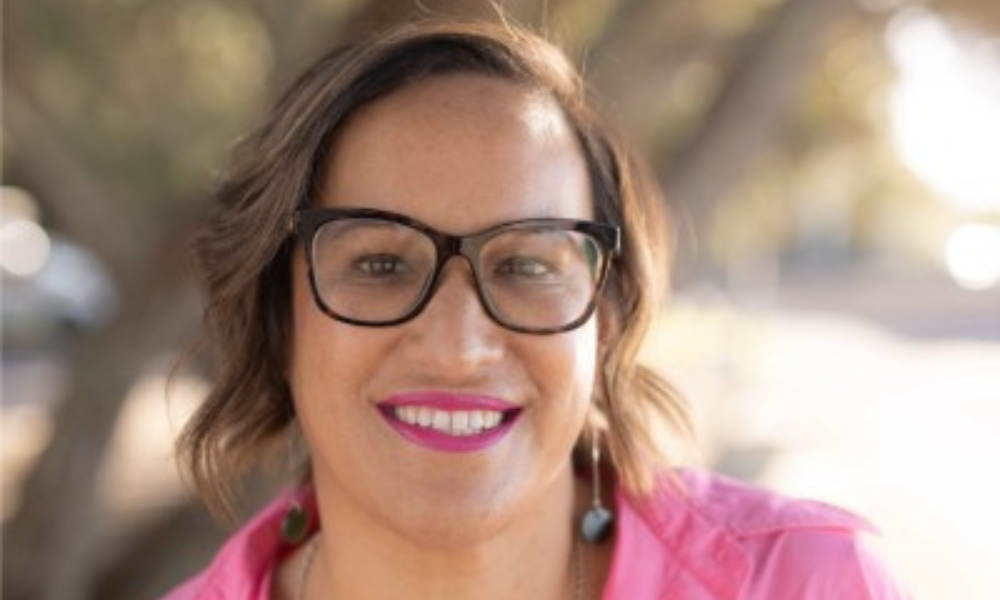
Experience at Fonterra shows clear business benefits, potential pitfalls and insights on how to build meaningful programs

There has been a heightened sense of awareness around ethnicity in the workplace in 2022. Diversity and inclusion (D&I) efforts are at an all-time high in Kiwi organisations and there is a growing consensus in the business community that ending racial disparities in the workplace will improve the bottom line.
While the intention is there, actions are required.
In STEM careers, Māori account for less than 4% of the workforce, versus an estimated 17.4 per cent of the population, according to the most recent government figures.
“Most leaders have an awareness of structural racism, but there is still a sense of stigma attached to talking about race and racism in business,” said Haylee Putaranui, global head of diversity and inclusion at dairy giant Fonterra.
“The business case for diversity and inclusion is clear,” she said. “Just google it and you’ll get a million articles. But what’s more important is the global appetite for D&I – our biggest global customers now ask for data on demographics of underrepresented groups and that’s because global consumers are saying, ‘I want to make sure that that part of your brand story is authentic’.”
She said the biggest barrier to equity is misunderstanding and a bit of fear. “What means more perhaps for Māori, is that they will be benefitting disproportionately to others, so others have to be disadvantaged or give things up and I think that comes from fear and miseducation,” said Putaranui.
When Putaranui started at Fonterra in 2015, she was in the middle of a successful commercial law career and joined the team as legal counsel. At the time Fonterra had just started working on a Māori strategy; the project was in its infancy and Putaranui was offered the opportunity to join the team working on it.
“Our strategy at that time was, we had to get it right at home so we could take it overseas and you’d see it reflected through,” said Putaranui. But despite the company’s desire to do the right thing, they did run into some problems.
A few years ago Fonterra was accused of cultural appropriation when it named one of its Kāpiti Cheese products Tuteremoana Cheddar, after a Māori ancestor of the Kāpiti area.
“We were criticised, and rightly so,” said Putaranui. “Culturally, that’s inappropriate because we typically don’t mix food with things that are sacred to us.” One Māori leader at the time told the media that from a customary point of view, such a naming means you are going to eat that person.
“We had taken a local chief’s name and put it on our cheese. We hadn’t engaged and consulted in the right way, and we hadn’t earned the right to use that chief's name,” said Putaranui, adding that further insult was added when the company failed to use the macron over the ‘a’ in Kāpiti.
The company was swift to rectify the situation, changing the name of the cheese and adding a macron to Kāpiti. “Kāpiti without the macron over the ‘a’ actually translates to cabbage – and you don’t want your premium cheese to actually be meaning cabbage,” said Putaranui.
The experience turned out to be positive for the company because it offered an opportunity to engage with and learn from local Kiwi who made the recommendation to move away from nouns and start using Māori adjectives.
“It’s important to make the point that the position we are in now needs to be considered against Aotearoa, New Zealand’s history,” said Putaranui. “In terms of our relationship from 1840, when our people came into contact, then developed through the 19th century until today.”
Putaranui said she has learned that it’s important for organisations to have broad representation of Māori throughout their leadership team.
“What we’re learning is, it works better if you have a team of Māori leaders and not just one alone. If you put the responsibility onto one individual to fix all the obstacles that have been created through time then it typically doesn’t work: you need to consider a fuller suite with as many Māori people as you can possibly get,” said Putaranui.
“I think the opportunities are that we all have to find a place and so if you use the analogy of a bridge, we have to find the bridge to a space that everybody benefits in.”